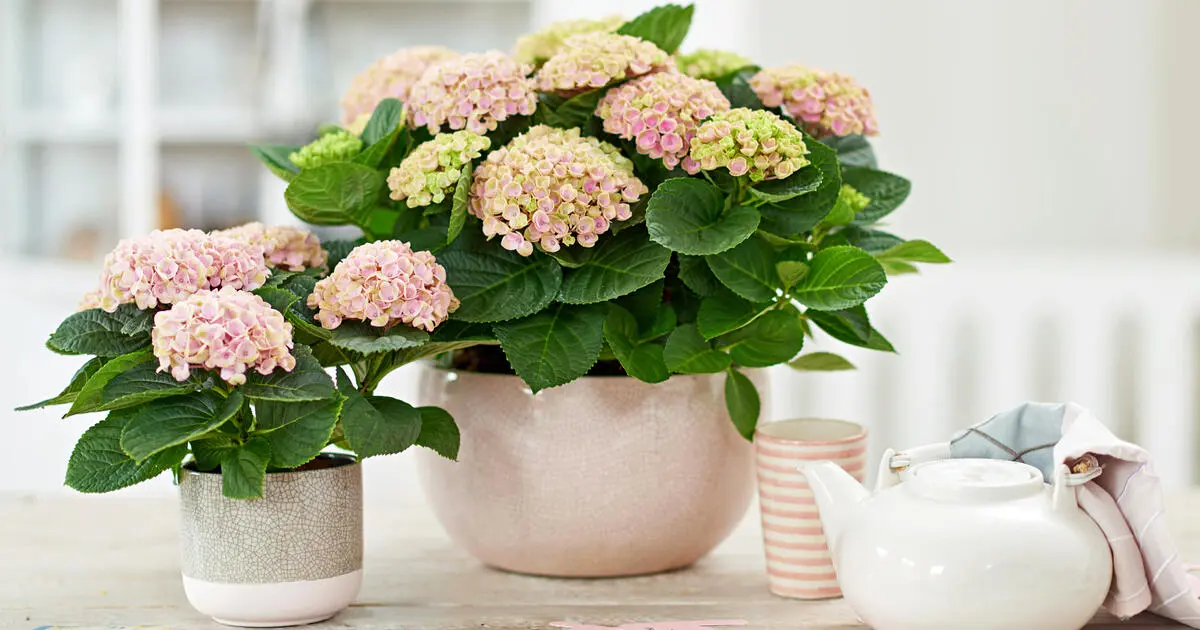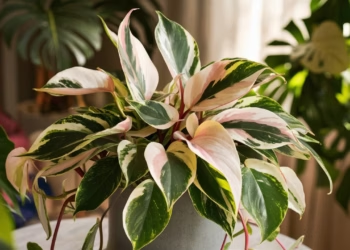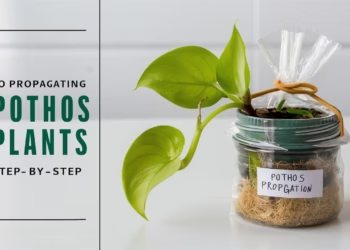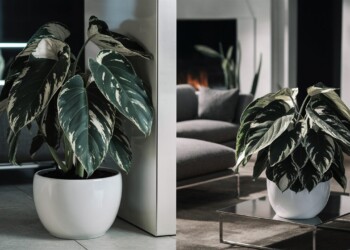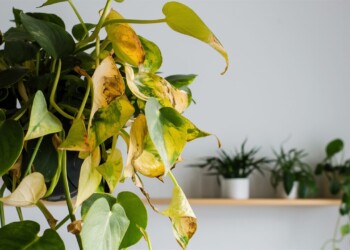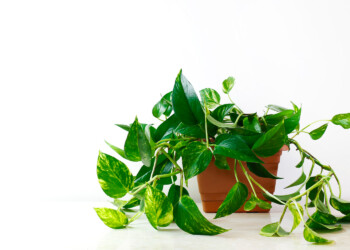Ah, the hydrangea – with its clusters of vibrant petals, it’s no wonder why it’s a favorite among plant enthusiasts. But when it comes to indoor hydrangeas, the game changes a bit. These delicate flowers require a bit of extra TLC to thrive in an indoor environment. Fear not, fellow plant lovers! In this comprehensive guide, we’ll delve into the art of hydrangea care and ensure your blossoms bloom brighter than ever before!
Table Of Content
Understanding Your Hydrangea
Before diving headfirst into care tips, let’s take a moment to understand what makes these beauties tick.
1. Hydrangea Varieties: Did you know there are different types of hydrangeas? From the mophead to the lacecap, each variety has its own unique characteristics and care requirements. Make sure you know which type you’re dealing with to provide the best care possible.
2. Indoor vs. Outdoor Hydrangeas: While hydrangeas are often associated with outdoor gardens, they can also thrive indoors under the right conditions. Understanding the differences between indoor and outdoor care is crucial for keeping your hydrangea happy inside.
3. Choosing the Perfect Variety: Not all hydrangea varieties are created equal when it comes to indoor cultivation. Among the plethora of options, Hydrangea macrophylla stands out as the ideal choice for indoor growth. Commonly known as mophead hydrangea, this variety boasts resilience and adaptability, making it well-suited for container cultivation. With its abundant bloom clusters and rich green foliage, Hydrangea macrophylla adds a touch of elegance to any indoor setting, making it a popular choice among plant enthusiasts.
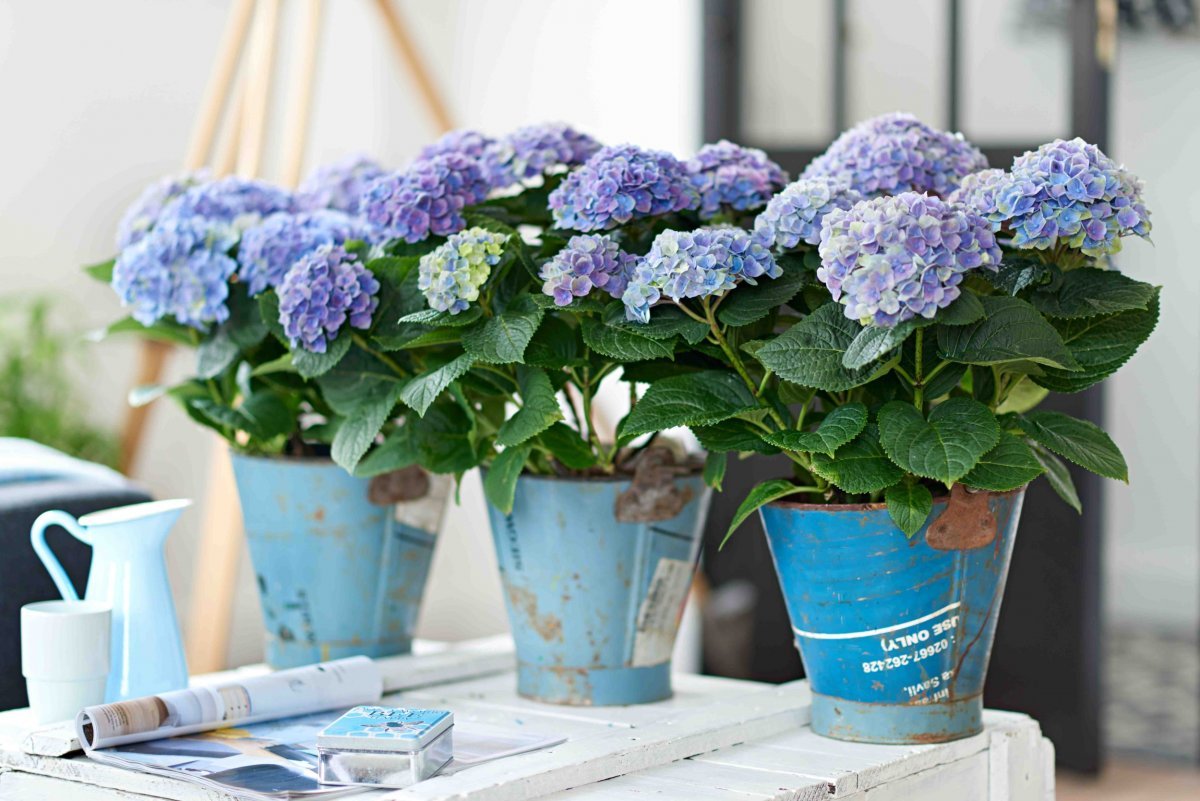
Hydrangea Care: How to Look After an Indoor Hydrangea
1. Location, Location, Location!
Just like in real estate, the location plays a crucial role in the health of your indoor hydrangea.
– Choose a Bright Spot: While hydrangeas are often associated with shade, they thrive best in bright, indirect light indoors. Unlike their outdoor counterparts, indoor hydrangeas require ample light to support healthy growth and prolific blooming. Position your plants near south-facing or east-facing windows to ensure they receive adequate sunlight without the risk of leaf and bloom damage from direct afternoon sun. Remember, sufficient light is essential for sustained blooming and overall plant vitality.
– Mind the Temperature: Hydrangeas prefer cooler temperatures, ideally between 60-70°F (15-21°C). Avoid placing them near drafty windows or heaters, as extreme temperatures can stress the plant.
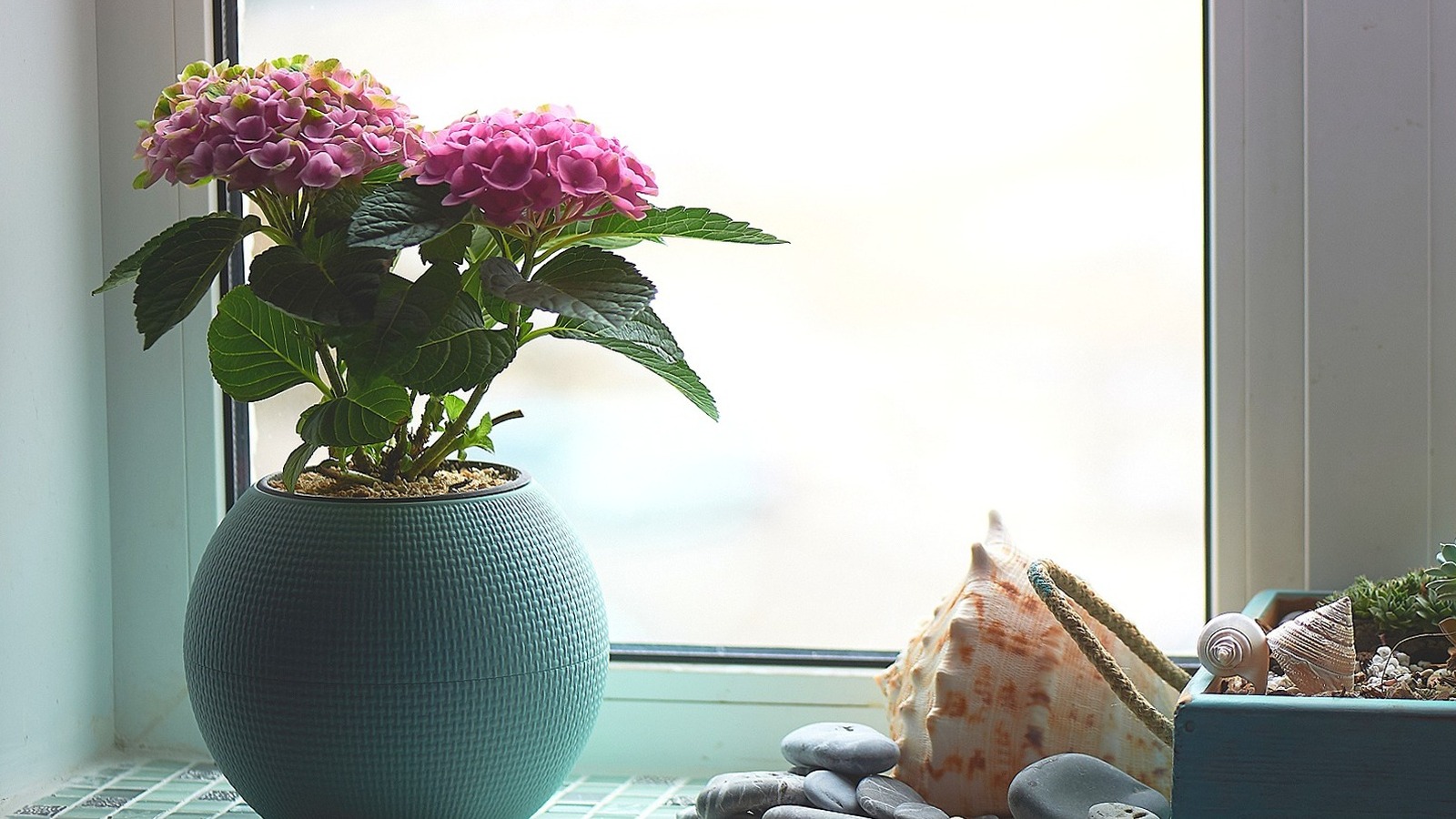
2. Water Wisely
Proper watering is key to keeping your indoor hydrangea happy and hydrated.
– Don’t Drown Them: While hydrangeas love moisture, they don’t appreciate soggy roots. Allow the top inch of soil to dry out slightly between waterings, then give them a thorough drink. Ensure proper drainage to prevent waterlogged soil. Opt for pots with drainage holes to prevent waterlogging, which can lead to root rot and other detrimental conditions.
– Say No to Hard Water: Hydrangeas are sensitive to mineral buildup, so it’s best to use distilled or rainwater when watering. If tap water is your only option, let it sit out overnight to allow chlorine and other chemicals to dissipate.
– Final Tips: During the blooming period, hydrangeas have an increased thirst, necessitating more frequent watering to maintain optimal hydration levels. Additionally, consider using distilled or rainwater to avoid potential adverse effects from tap water contaminants.
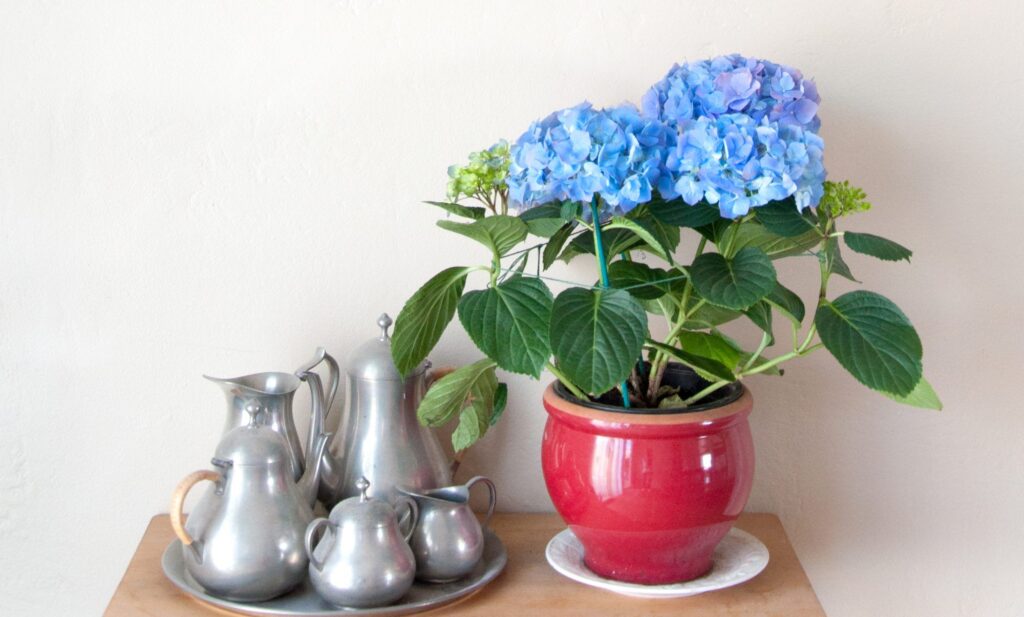
3. Feed Me, Seymour!
Like any living thing, hydrangeas need nutrients to thrive.
– Fertilize Regularly: During the growing season (spring and summer), feed your indoor hydrangea with a balanced, water-soluble fertilizer every 2-4 weeks. Be sure to follow the instructions on the label to avoid overfeeding.
– Ease Up in Winter: During the dormant winter months, cut back on fertilizing to give your hydrangea a well-deserved rest.
– Soil Composition: Hydrangeas thrive in well-draining, slightly acidic soil, with pH levels influencing bloom coloration. Aim for a pH level between 5.5 and 6.5 to achieve vibrant pink or purple blooms, while lower pH levels produce striking blue flowers. Regular fertilization during active growth and blooming seasons supports vigorous plant development and ensures a profusion of blooms. Adjust fertilization frequency as needed, scaling back to monthly applications after the blooming phase concludes.
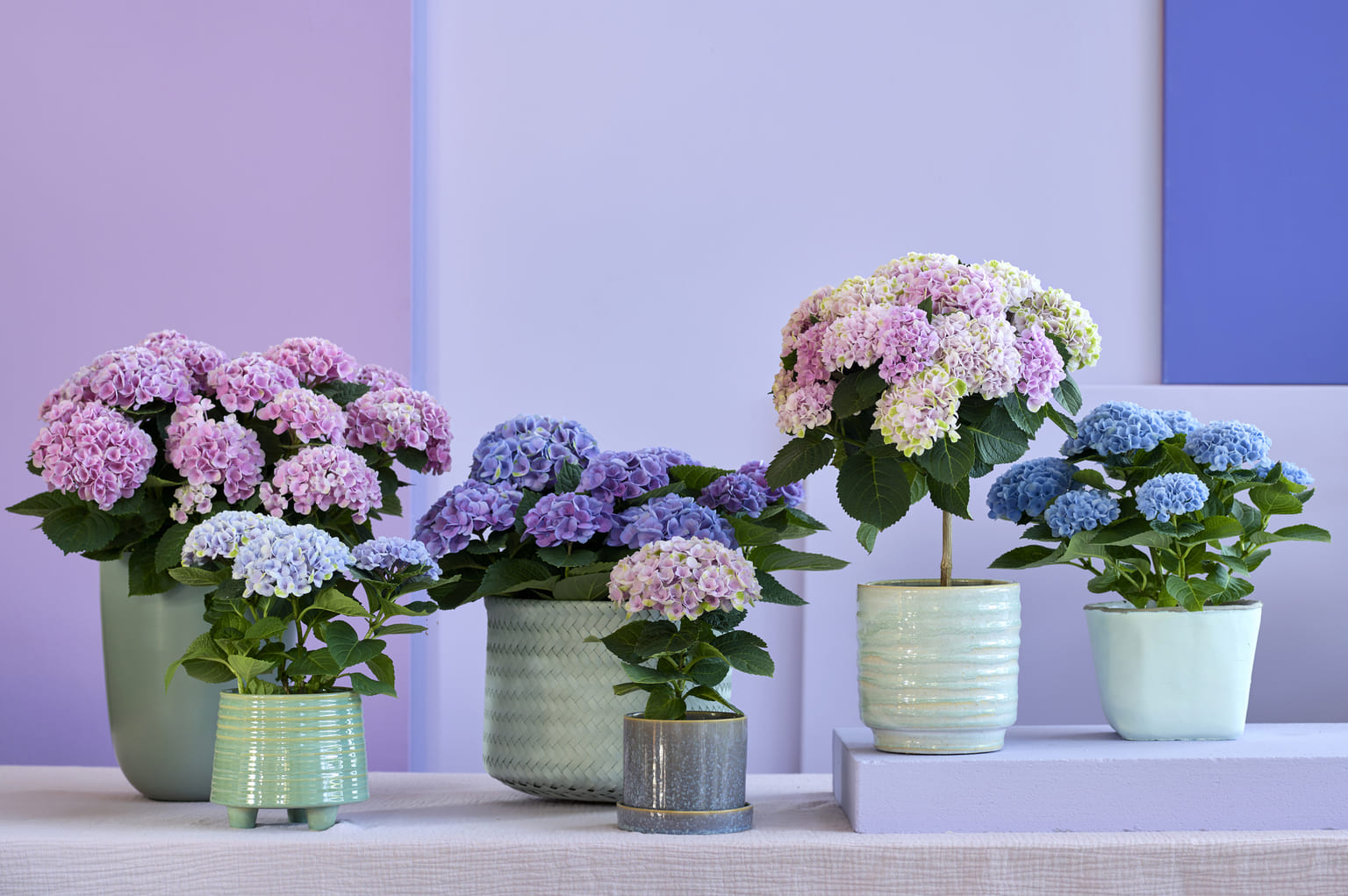
4. Pruning and Maintenance
Regular maintenance helps keep your indoor hydrangea looking its best.
– Deadhead Spent Blooms: Remove faded flowers promptly to encourage new growth and prolong the blooming season.
– Prune with Purpose: Pruning is essential for shaping your hydrangea and promoting healthy growth. Remove any dead or diseased branches, as well as any crossing or crowded stems. Aim to prune in late winter or early spring before new growth emerges.
– Keep an Eye Out for Pests: While indoor hydrangeas are less prone to pests than their outdoor counterparts, it’s still essential to keep an eye out for common pests like aphids or spider mites. If you spot any unwanted visitors, treat them promptly with insecticidal soap or neem oil.
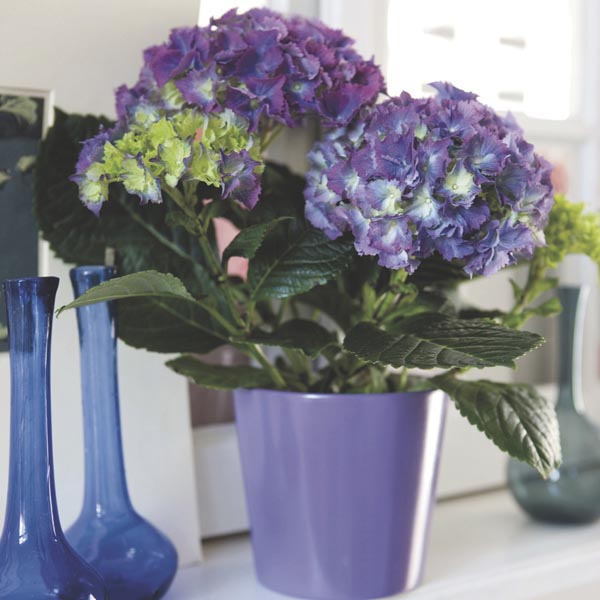
Congratulations! You’re now armed with all the knowledge you need to become a master of indoor hydrangea care: how to look after an indoor hydrangea. With the right combination of light, water, and TLC, your hydrangea will reward you with an abundance of beautiful blooms year-round. So go ahead, unleash your inner green thumb and watch your indoor oasis flourish with these stunning blossoms!
FAQs
Do hydrangeas like sun or shade?
Hydrangeas prefer a balance of sun and shade. They thrive in partial shade, where they receive morning sun and afternoon shade. Too much direct sunlight can cause their leaves to wilt and flowers to fade quickly, while too much shade may result in fewer blooms.
Where do hydrangeas grow best?
Hydrangeas grow best in locations with well-draining soil and partial shade. They prefer slightly acidic soil with good moisture retention. Depending on the variety, hydrangeas can be grown in various climates, but they generally do well in USDA Hardiness Zones 3-9.
How do you keep hydrangea blooms?
To keep hydrangea blooms looking their best:
- Plant them in the right location with partial shade.
- Provide adequate water, especially during hot and dry periods.
- Mulch around the base of the plant to help retain moisture.
- Prune the plants properly in late winter or early spring to encourage new growth and flowering.
- Consider applying a fertilizer formulated for flowering plants according to package instructions.
How long do hydrangeas last?
The lifespan of hydrangea blooms can vary depending on the variety and environmental conditions. In general, hydrangea blooms can last several weeks to a few months. Regular deadheading (removing spent flowers) can encourage the plant to produce new blooms and prolong the flowering period.
Is hydrangea indoor or outdoor?
Hydrangeas are primarily outdoor plants, although some varieties can be grown indoors as potted plants. Indoor hydrangeas require bright, indirect light and consistent moisture to thrive. However, they may not bloom as prolifically indoors compared to outdoor conditions.
What is the best food for hydrangeas?
Hydrangeas benefit from fertilizers formulated specifically for acid-loving plants. Look for fertilizers labeled for hydrangeas or azaleas, as they typically contain the right balance of nutrients, including nitrogen, phosphorus, and potassium, as well as micronutrients like iron and magnesium. Apply the fertilizer according to the package instructions, usually in spring or early summer.
